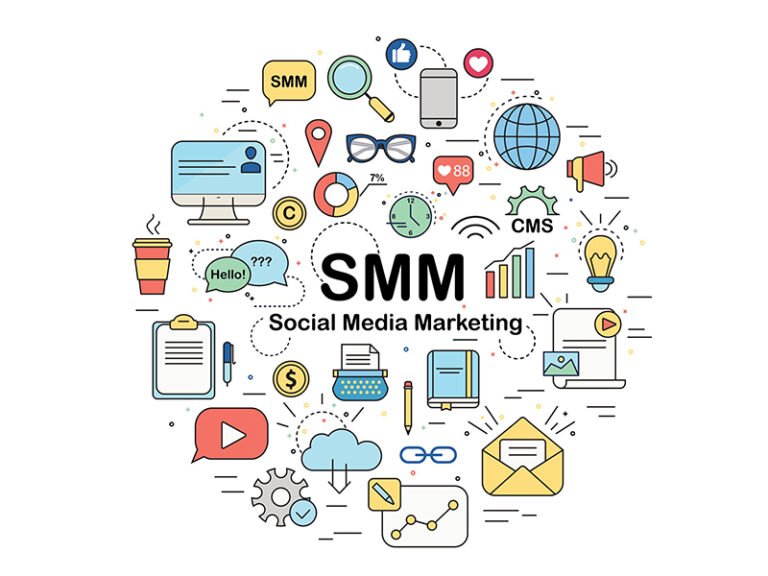Sustainable Construction Materials: Innovating for a Greener Future in 2024

Why change?
In the face of climate change and resource depletion, the construction industry is rapidly shifting towards sustainable development. This is no longer just a trend but a necessity for the future of our planet. The use of sustainable construction materials not only reduces environmental impact but also opens the door for innovation, economic benefits, and healthier living environments. In this article, we’ll explore the most innovative sustainable construction materials, their benefits, challenges, and future trends shaping the industry in 2024.
Innovative Sustainable Materials Transforming Construction
1. Recycling and Upcycling Building Materials
One of the key trends driving sustainable construction is the use of recycled and upcycled materials. Materials such as recycled glass, steel, and even plastics are being repurposed into durable building components, reducing waste and minimizing the need for raw materials. This significantly lowers the environmental footprint of construction projects.
For example, recycled steel is a common choice for sustainable construction due to its strength and ability to be reused multiple times without degradation. Another great example is upcycled plastic, which was once a major environmental concern but is now finding new life in the form of eco-friendly building materials like plastic bricks and insulation.
2. Bio-Based Materials: Bamboo, Hempcrete, and Mycelium
Bio-based materials offer another eco-friendly alternative to traditional building supplies. Bamboo, known for its rapid growth and strength, is a sustainable choice for structural components. Hempcrete, made from hemp fibers and lime, offers excellent insulation properties and is entirely biodegradable. Similarly, mycelium, the root structure of fungi, can be transformed into a lightweight, strong, and biodegradable material ideal for insulation.
These bio-based materials are not only environmentally friendly but also provide high-performance solutions for modern construction needs.
3. High-Performance Concrete: Self-Healing and Ultra-High Performance
Advancements in concrete technology have also contributed to sustainable construction. Self-healing concrete, which incorporates bacteria to repair cracks autonomously, reduces maintenance costs and extends the life of buildings. Ultra-High-Performance Concrete (UHPC) is another innovation, offering superior strength and durability, allowing for thinner sections and less material usage, which is ideal for reducing a project’s carbon footprint.
Benefits of Sustainable Construction Materials
1. Environmental Impact
The primary benefit of using sustainable materials is the reduction in environmental impact. Sustainable construction materials often require less energy to produce and emit fewer greenhouse gases compared to traditional materials. Recycled materials decrease the need for raw material extraction, thus reducing the overall ecological footprint of a project.
Moreover, bio-based materials like bamboo and hempcrete absorb CO2 during their growth, further reducing the carbon emissions associated with their production and use.
2. Economic Advantages
While sustainable materials may have a higher upfront cost, they offer long-term economic benefits. For instance, materials like self-healing concrete and upcycled steel have lower maintenance requirements, saving on repair costs over time. Additionally, energy-efficient materials such as high-performance insulation can reduce energy consumption in buildings, leading to lower utility costs.
Governments are increasingly offering incentives for using sustainable materials, further offsetting the initial investment.
3. Improved Health and Safety
Traditional construction materials often contain volatile organic compounds (VOCs), which can negatively impact indoor air quality. Sustainable alternatives, such as low-VOC paints and natural fiber insulation, provide healthier indoor environments by improving air quality. This leads to better occupant health and safety, particularly in residential buildings.
Challenges in Adopting Sustainable Materials
1. Cost and Accessibility
One of the primary barriers to the widespread adoption of sustainable materials is cost. Sustainable materials can be more expensive than their conventional counterparts due to the technology and processes involved in their production. However, as demand increases and technology improves, the cost of these materials is expected to decrease.
Moreover, new procurement strategies such as FF&E and OS&E Procurement are helping to streamline the sourcing of sustainable materials, making them more accessible to a wider range of construction projects.
2. Navigating Regulatory and Industry Standards
The ever-evolving regulatory environment surrounding sustainable construction presents another challenge. Builders and developers must stay informed about changing regulations, building codes, and sustainability standards to ensure compliance.
Despite this challenge, many industry leaders are seizing the opportunity to shape future standards by promoting innovative materials and practices that meet or exceed existing regulations.
3. Supply Chain Issues
Ensuring a consistent supply of sustainable materials can be difficult due to supply chain limitations. To address this, construction companies need to build strong relationships with suppliers and employ effective logistical strategies. Working with top FF&E Procurement Companies can help navigate these challenges and ensure a reliable flow of materials.
Future Trends and Innovations in Sustainable Construction
1. Smart Materials and Technologies
The future of sustainable construction is being shaped by the rise of intelligent materials and smart technologies. For example, adaptive materials that can change their properties in response to environmental conditions, and smart coatings that adjust to temperature fluctuations, are revolutionizing how buildings perform.
These advancements are not only enhancing building efficiency but also contributing to longer-lasting structures, thereby reducing the environmental impact of construction.
2. Circular Economy in Construction
The concept of the circular economy is gaining traction in the construction industry. This approach focuses on the reuse, recycling, and regeneration of materials to create a closed-loop system. By minimizing waste and maximizing resource efficiency, the circular economy aligns perfectly with the goals of sustainable development.
In this model, materials are seen as valuable assets that can be reused and repurposed rather than discarded, creating a more sustainable approach to construction.
Case Studies of Successful Sustainable Projects
1. Bosco Verticale, Milan
One notable example of a successful sustainable project is Bosco Verticale (Vertical Forest) in Milan, which incorporates large amounts of recycled materials and features extensive green spaces to improve air quality. The project demonstrates how sustainable materials and design can create environmentally friendly and aesthetically pleasing buildings.
2. The Edge, Amsterdam
The Edge in Amsterdam is another landmark project, known for its energy-efficient design and use of sustainable materials. As one of the most eco-friendly office buildings globally, The Edge serves as a blueprint for future construction projects aiming for sustainability.
Conclusion
The construction industry is undergoing a significant transformation, driven by the need for sustainable development and environmentally friendly materials. Innovations in materials such as recycled content, bio-based solutions, and high-performance concrete are leading the charge toward a greener future.
While there are challenges, such as cost and supply chain issues, the long-term benefits of using sustainable materials—both environmentally and economically—are undeniable. As the industry continues to evolve, smart technologies and the circular economy will further enhance the sustainability of construction practices.
By adopting these innovative materials and embracing a sustainable mindset, we can build a future that is not only economically viable but also environmentally responsible.
Author

Michael Davis
Michael Davis is a dedicated content creator at The Bizz Global, focusing on Business, Finance, Technology, and Lifestyle. With a knack for breaking down complex topics, Michael ensures that readers stay informed and engaged with the latest industry trends. His passion for clear and concise writing makes him a trusted voice in the field.






